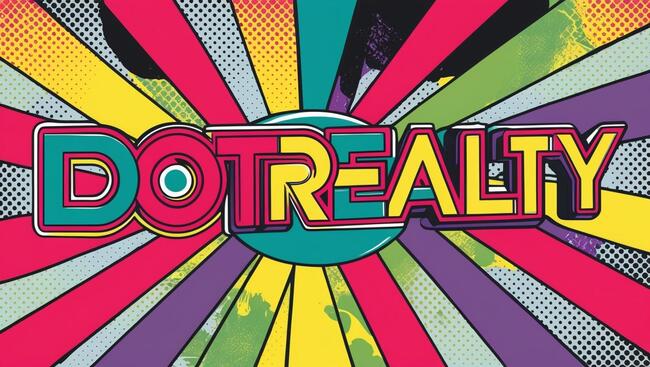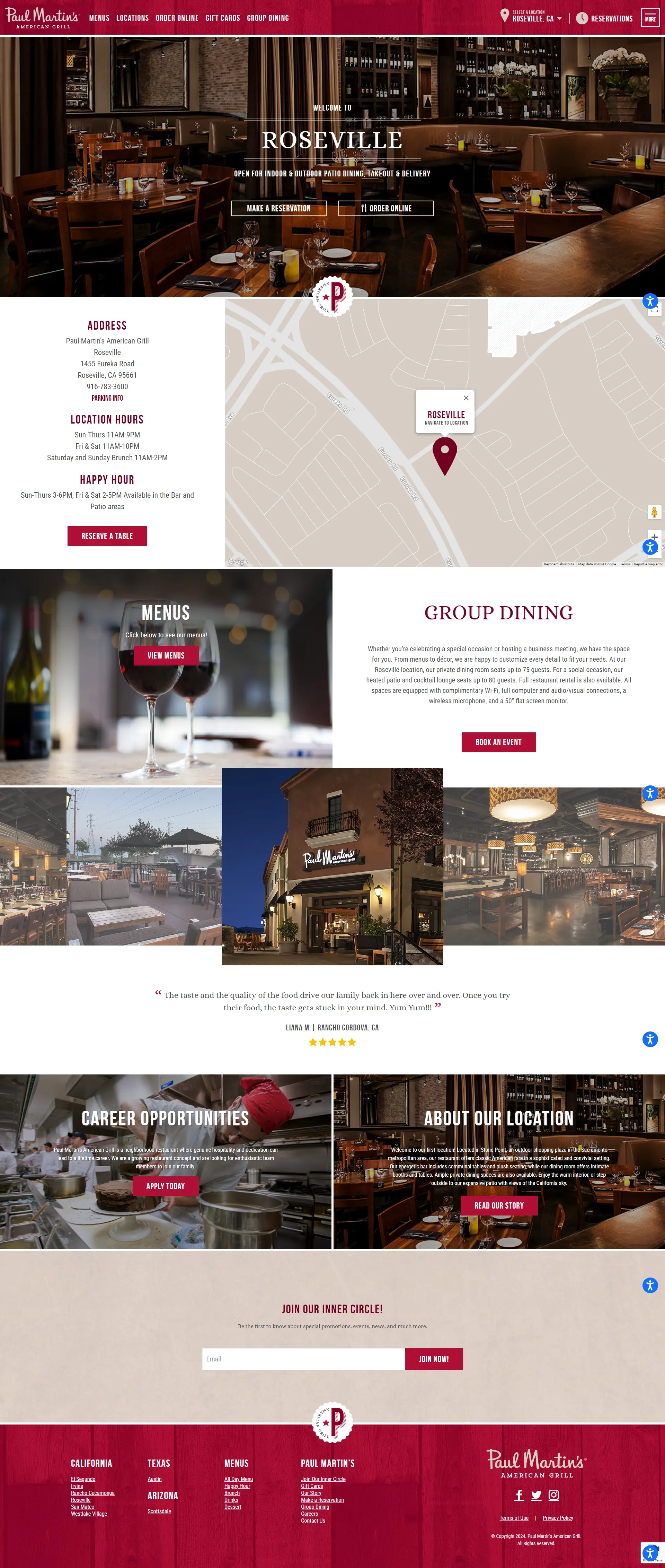Executive Summary: SEO Tips for 2024
Google frequently updates its algorithms, but there are reliable SEO practices that consistently deliver results. By implementing the following 12 SEO tips, you can enhance your SEO efforts.
Frequently Asked Questions About SEO in 2024
AI plays a crucial role in SEO for 2024 by enhancing content creation, personalization, and data analysis.
Artificial intelligence (AI) is transforming SEO in 2024 by providing advanced tools and techniques for content creation, personalization, and data analysis. AI-powered content generation tools, like GPT-4, can help create high-quality, relevant content that meets user intent. Personalization is another key area where AI excels, allowing marketers to deliver tailored experiences based on user behavior and preferences. AI can analyze vast amounts of data to identify trends, optimize keywords, and improve overall SEO strategies. Additionally, AI-driven chatbots and virtual assistants can enhance user experience by providing instant support and information. By leveraging AI in your SEO strategy, you can stay ahead of the competition and deliver a more personalized and effective user experience.
12 SEO Tips for 2024 – Focus on These 3 Areas of SEO for Improvement
There are three main areas to focus on with SEO: on-page, off-page, and technical. In this post, we’ll dive deep into these SEO techniques and how to implement them effectively.
On-Page SEO Tips for 2023
If you’re new to SEO or want to make quick, impactful changes, on-page SEO is a great starting point. Here are some essential techniques for creating keyword-optimized content in 2024.
1. Target Long-Tail Keywords
Long-tail keywords are more specific and usually longer than typical target keywords. They often have lower search volumes but are highly valuable because they reveal the user’s intent behind the search.
For example, “how to rank on Google” is a long-tail keyword, whereas “Google ranking” is a short-tail keyword. The former shows a clear intent to find a solution, while the latter is more ambiguous.
To effectively leverage long-tail keywords in your content:
- Identify the blog topics you want to cover.
- Use a keyword research tool like Ubersuggest to find long-tail keywords related to your topics with high search volume and low competition.
- Narrow down your list to keywords with high search intent.
- Write content that directly addresses the user’s intent behind the chosen keyword.
2. Use Keywords in Alt Text for Images
Alt text, or alternative text, is a brief description of an image and is crucial for image search ranking. It serves three main purposes:
- Accessibility: Alt text is read aloud by screen readers for visually impaired users.
- Context: When an image fails to load, the alt text provides context.
- SEO: Search engines use alt text to index images properly.

To optimize your alt text:
- Write a natural description of the image.
- Incorporate your target or secondary keywords.
- Ensure the description matches the image content.
3. Use Keywords in Headers
Including keywords in headers signals to search engines and users that your content meets the search intent behind those terms. However, avoid keyword stuffing and focus on user experience.
Tips for using keywords in headers:
- Select the target keyword for your post.
- Use a keyword research tool to find variations.
- Optimize H1, H2, and H3 headers (aim for at least 40% of headers).
4. Focus on Great UX (User Experience)
User experience (UX) is now a vital ranking factor for Google, especially with the Core Web Vitals update. Factors like page load time, accessibility, personalization, and navigation all impact UX.

Tips for creating great UX:
- Ensure content and images satisfy search intent.
- Place the most relevant information at the top of the page.
- Reduce image sizes to improve loading times.
- Make content easy to navigate with clear headlines and shorter paragraphs.
- Clean up clutter and avoid distracting elements.
5. Include Multiple Media Types
Using various media types like images, audio files, ebooks, and GIFs can indirectly benefit your SERP rankings by increasing user engagement and dwell time.

Tips for including more media types:
- Create a YouTube channel and embed relevant videos in blog posts.
- Include audio clips from podcasts.
- Use visualizations and custom graphics to present data and stats.
6. Use Internal Links
Internal linking drives users deeper into your site, increasing the chances of meaningful interactions and benefiting SERP rankings.

Tips for leveraging internal links:
- Link to relevant content.
- Use natural-sounding anchor text.
- Avoid generic anchor texts like “click here.”
- Ensure important pages are no more than three clicks away from the homepage.
7. Focus on “Top of the Funnel” Keyword Phrases
Top-of-the-funnel keywords attract prospective customers’ attention and drive them to your website. These keywords build awareness around a topic without expecting immediate action.

Tips for choosing top-of-funnel keywords:
- Choose terms with high search volume and low competition.
- Create a list of related keywords for other stages of the buyer’s journey.
- Develop customer personas to match search queries with target customers.
8. Focus on Local SEO
Local SEO is essential for attracting customers ready to buy. Use long-tail keywords paired with location-specific terms to boost your local SEO.
Tips for enhancing local SEO:
- Claim your Google Business Profile.
- Optimize your website for local keywords.
- Ensure your site is mobile-friendly.
- List your business in online directories like Yelp.
- Build strong backlinks from reputable local websites.
Content SEO Tips for 2023
Content marketing remains a cornerstone of SEO strategies. Here are some techniques to help you maintain online visibility.
9. Have a Master List of Topics (and Relevant Long-Tail Keywords)
Having a master list of topics and relevant long-tail keywords ensures you always have fresh content ideas and can optimize your content for search engines.
Tips for getting content ideas:
- Start with keyword research using tools like Ubersuggest or AnswerThePublic.
- Use Google Trends to identify popular topics.
- Analyze your published content to find engaging topics.
- Address user intent with long-tail keywords.
- Conduct an SEO analysis to find keyword and content gaps.
- Stay updated with content marketing trends.
10. Build a Content Calendar and Stick to It
A content calendar helps you stay organized and on top of your SEO strategies. It outlines topics, content types, and publishing dates.
Tips for setting up a content calendar:
- Determine your goals (e.g., increase traffic, generate leads).
- Identify relevant and engaging topics for your audience.
- Decide on the frequency of new content.
- Conduct thorough keyword research.
- Organize topics into themes that align with your SEO strategies.
11. AI & Voice Search Optimization
With the rise of AI and voice search, optimizing your content for these technologies is crucial (AIVSO). Voice search queries are often longer and more conversational, so incorporating natural language and answering common questions can improve your chances of ranking.
Tips for AI & voice search optimization:
- Use natural language and conversational tone in your content.
- Answer common questions directly and concisely.
- Optimize for long-tail keywords that mimic how people speak.
- Include structured data to help search engines understand your content better.
12. Optimizing Page Layout for AI Overview (GSE)
Google’s Search Experience (GSE) now includes AI-generated overviews, making it essential to optimize your page layout for these summaries. Ensuring your content is well-structured and easy to parse can improve your chances of being featured.
Tips for optimizing page layout for AI Overview:
- Use clear headings and subheadings to organize your content.
- Include bullet points and numbered lists for easy scanning.
- Ensure your content is concise and to the point.
- Use structured data to help search engines understand your content.
By following these essential SEO tips and techniques, you can navigate the ever-changing world of SEO and ensure your website remains competitive and visible in search engine results.
Need some pointers or help?
At MNKY.agency, we’re here to support you every step of the way. Whether you’re looking to enhance your SEO strategy, optimize your content, or simply need expert advice, our team of professionals is ready to assist. Don’t hesitate to reach out and let us help you achieve your digital marketing goals.
Book a free consultation today and take the first step towards a more successful online presence! 🚀✨















